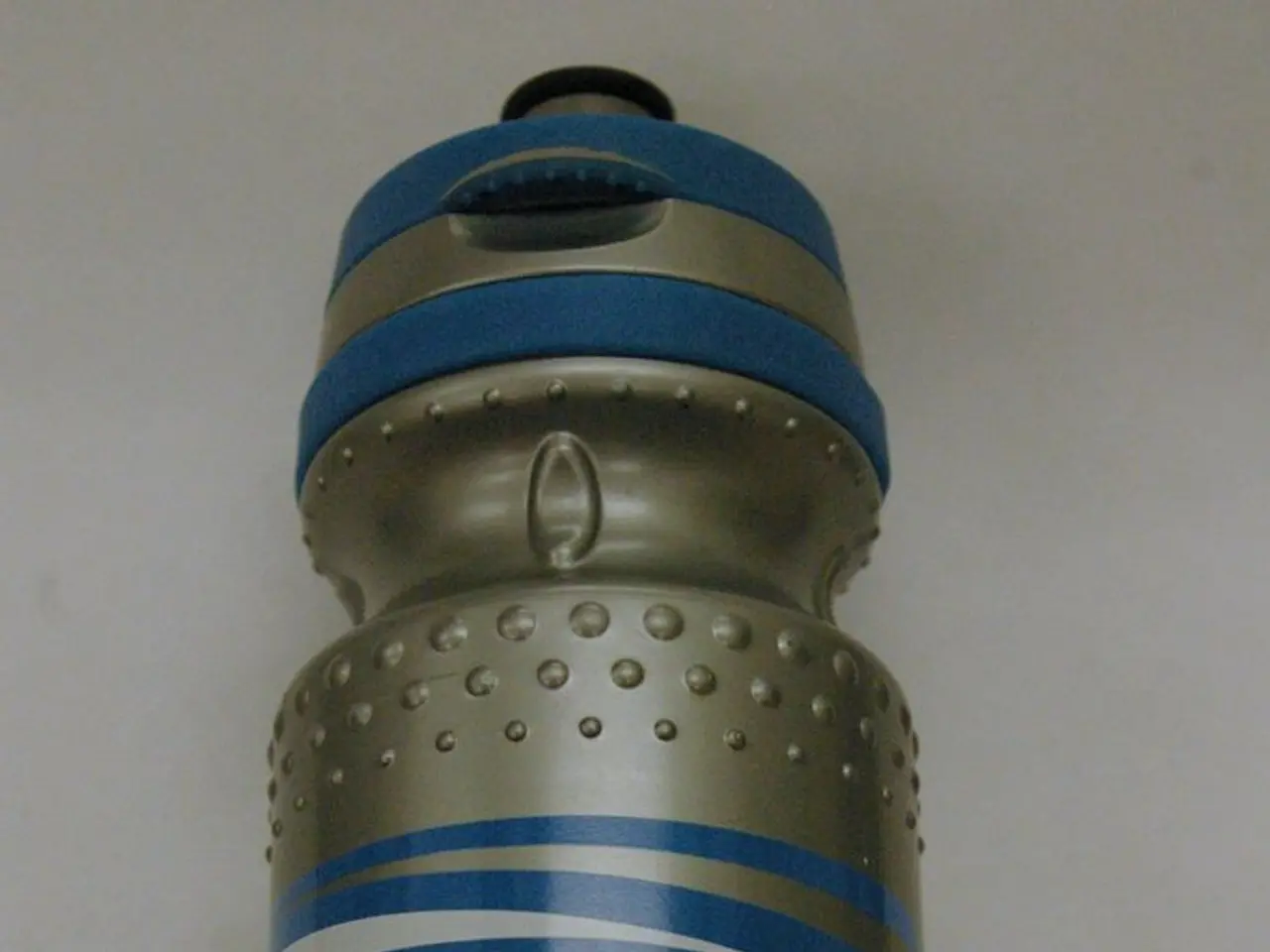Exploring Patent Rights in Biotechnology: Consequences and Advancements
Biotechnology patents, a specialized category of intellectual property rights, protect innovations in the biological sciences. However, securing and enforcing these patents globally presents unique challenges due to a complex interplay of legal, scientific, financial, and ethical factors.
Current Challenges
One of the main obstacles is the fragmented legal standards across jurisdictions. Different countries have varying patentability criteria, evidence rules, and enforcement mechanisms, creating a complex enforcement landscape that risks conflicting rulings and inconsistent patent validity across regions.
Another significant challenge is the high costs and resource intensity of multi-jurisdictional patent litigation. This requires extensive legal teams, expert witnesses, and fees, making enforcement prohibitively expensive, especially in biotech where patents can be complex and numerous.
Patent thickets and multiple overlapping patents are also a concern, particularly for biologics. These inventions often involve complex patent mosaics covering sequences, cell lines, manufacturing processes, and formulations, complicating prosecution and enforcement and increasing challenges of invalidation and designing around patents.
Societal and ethical pressures also play a role, as controversies around patent enforcement during public health crises highlight tensions between protecting IP rights and global access to essential medicines. This sometimes leads to calls for compulsory licensing or softened enforcement in low-income countries.
Legal and regulatory uncertainty also poses a challenge, with divergence among major patent offices in standards such as enablement, inventive step, or subject matter patentability creating unpredictability, forcing companies to tailor strategies for different systems simultaneously.
Future Trends
Despite these challenges, the future of biotech patent security and enforcement is poised for significant evolution.
One trend is the adoption of more strategic and coordinated global patent portfolios. Companies will increasingly leverage tools like the Patent Prosecution Highway for expedited examination but will use caution with biologics due to differing standards.
Legislative reforms aimed at reducing patent thickets are another trend. Proposed laws such as the ETHIC Act in the US may limit the ability to assert multiple closely related patents, simplifying litigation and potentially accelerating generic/biosimilar market entry.
As patent offices and courts scrutinize biotech patents more rigorously, companies will invest more in scientific substantiation to withstand challenges.
Innovative frameworks for alternative dispute resolution and licensing models may emerge to manage patent rights globally without protracted litigation, especially for emergencies.
Technological and regulatory convergence efforts are also on the rise, aiming to harmonize biotech patent standards and procedures, although full unification remains challenging given varied national interests.
Conclusion
Securing and enforcing biotech patents globally remains an intricate interplay of legal, scientific, financial, and ethical factors. Future trends indicate more strategic global portfolio management, legislative reform, and efforts to reconcile IP protection with public health needs worldwide. As the biotechnology sector continues to evolve, so too will the landscape of biotech patents, requiring ongoing vigilance and adaptation.
Intellectual property rights in the health-and-wellness sphere, particularly biotechnology patents, may face challenges due to the complexities of managing a global patent portfolio, given the fragmented legal standards across jurisdictions and differing patentability criteria. As biotech patents become increasingly complex and numerous, high costs and resource intensity of multi-jurisdictional patent litigation compound these obstacles, posing financial burdens and creating challenges for effective enforcement.
With the future of biotech patent security and enforcement evolving, innovative solutions such as alternative dispute resolution and licensing models, legislative reforms, and technological convergence efforts may help streamline the patent landscape, bringing greater alignment between intellectual property rights, science, technology, and medical-conditions in health-and-wellness sectors worldwide.




